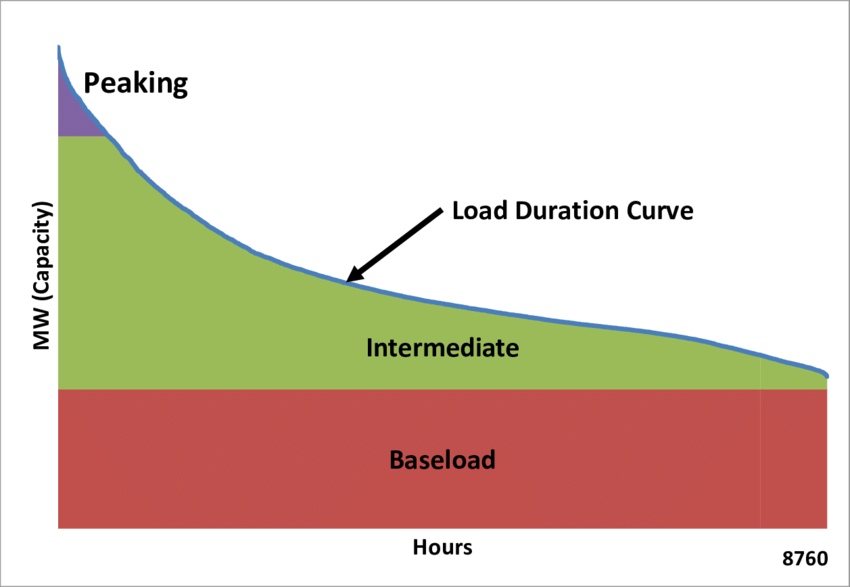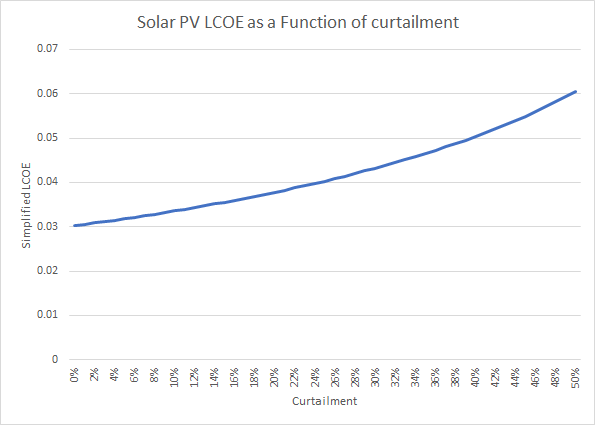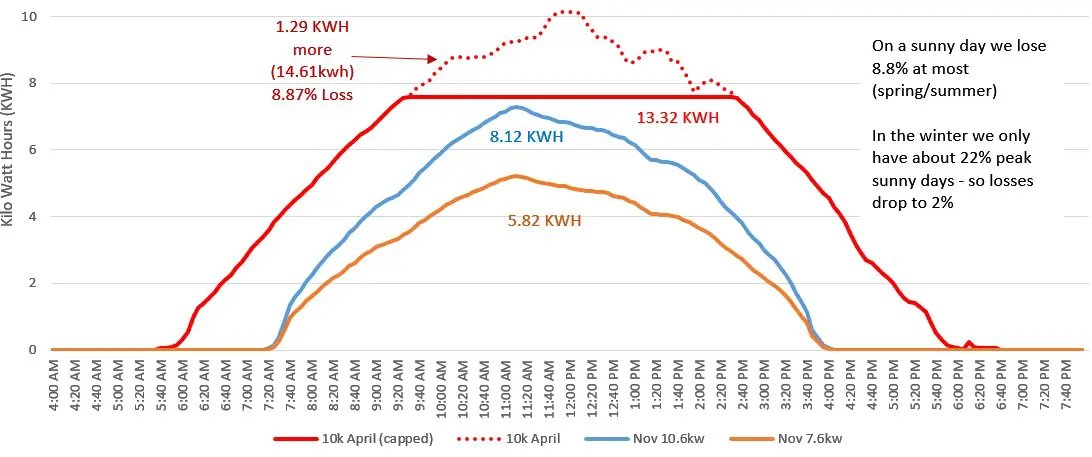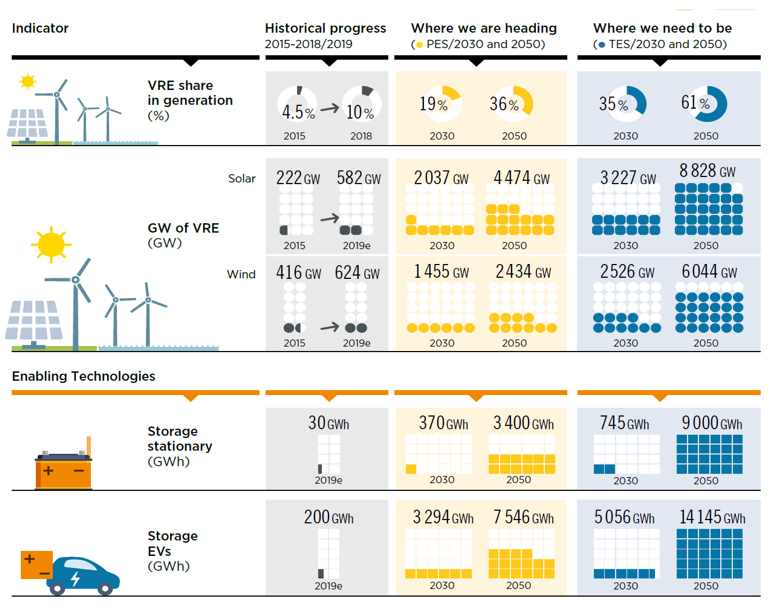A quick thread on why "over capacity" or " over build" of solar and wind is predominantly an ignorant or bad faith argument that misses, oh, well a truck load of important points. 1/
First: A lot of people spend a lot of time reminding us what we already know. You need to match elec supply & demand in real time, surprise. That means that at times you are calling on expensive generation to fill peak demands or supply gaps. 2/
Today's system uses thermal generators running at very low capacity factors, or maybe demand response to do that. The generators are available to run most of the time, but make their money on those few high priced hours. Its economics 3/
Those thermal generators are being curtailed by economics, they could run at other times, but its not economic as there is adequate supply. What about solar PV. Lets imagine we have lots of solar PV generation. A new PV plant has to expect being curtailed some of the time 4/
Its output is going to be less than its theoretical maximum. Well, thats still just an economic problem. At the margin if PV costs $0.03/kWh and I curtail even 20% of annual output - a lot right - its cost is going to go up to about $0.038/kWh. 5/
Is that bad? According to @CarbonBubble there is currently close to 1200 GW of existing coal plant with marginal operating costs ONLY higher than $0.038/kWh. Add $ 0.01/kWh integration costs, still 750 GW. So there is an economic opportunity to curtail solar PV, crazy huh 6/
So even filling in the sides of the PV generation curve in the mornings and afternoons can make a lot of economic sense, lots of caveats obviously, and varies by system, but you get the idea. And thats before we get to looking at the energy transition holistically....7/
...because a decarbonised power sector makes electrification a powerful tool in the climate policy arsenal!
Done poorly, it wont work, done right and we start to see that significant curtailment is actually not very likely. Lets look at just electric vehicles #EVs 8/
Done poorly, it wont work, done right and we start to see that significant curtailment is actually not very likely. Lets look at just electric vehicles #EVs 8/
@IRENA roadmap in the Global Renewable Outlook sees massive amounts of mobile electricity storage, before we even get to what we think is the economic opp for stationary storage. These EVs will need to be charged intelligently, so will we see a lot of curtailment? 9/
A final point, I see a lot of simplistic analysis or shall we say "priors" on curtailment.
How much annual curtailment would you expect in Australia if peak summer demand at midday was 10 GW and 12.5 GW of solar PV is installed? No storage, but thermal flex
0%
5%
10%
???
10/
How much annual curtailment would you expect in Australia if peak summer demand at midday was 10 GW and 12.5 GW of solar PV is installed? No storage, but thermal flex
0%
5%
10%
???
10/
Its probably going to be zero. Why, that lovely phrase "non-coincident peak" Australia just had record PV output about 11.8 GW, whoo hoo!
When it has installed capacity in the region of 19 GW.
And that was the reason I was inspired to put this thread together. 11/
When it has installed capacity in the region of 19 GW.
And that was the reason I was inspired to put this thread together. 11/
Caveats: this isn't based on detailed simulations of country X, its about why simplistic talking points about RE curtailment need to be put in a broad context of the technologies, their costs & the energy transition.
In short, curtailment isn't (necessarily) a dirty word 12/12
In short, curtailment isn't (necessarily) a dirty word 12/12

 Read on Twitter
Read on Twitter





